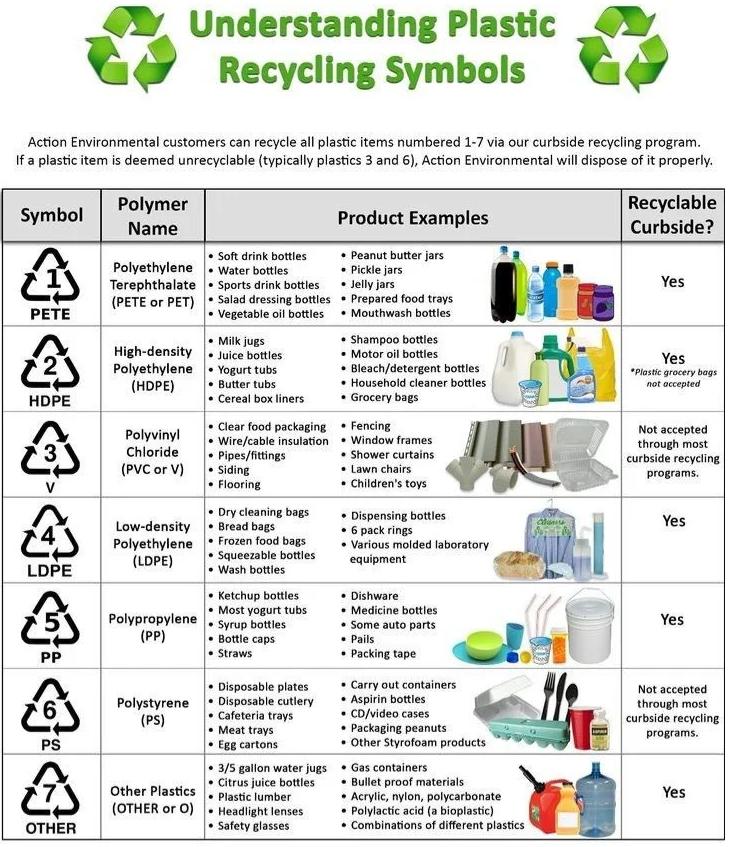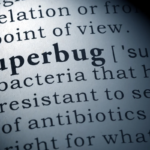Journal Nature Study on Global Plastic Pollution Menace

Journal Nature last week published a study on global plastic pollution. The report had the following findings on plastic pollution.
- Every year world produce 251 mt of plastic waste.
- 52.1 mt — out of 251 mt- is emitted unmanaged into the environment.
- The study defined “Unmanaged” plastic waste that is burnt in open, uncontrolled fires. It also includes unburnt debris of plastic.
- India contributes to a fifth of global plastic pollution
- India releases another 3.5 mt of plastics into the environment (water, land, air,) as debris.
- India, cumulatively, contributes to 9.3 mt, in the world annually, of plastic pollution.
LEARNING WITH TIMES/AT HOME/WITHOUT CLASSES/BASICS
Single-use plastics, often referred to as disposable plastics. They are commonly used for packaging and include items intended to be used only once before they are thrown away or recycled. These include, among other items, grocery bags, food packaging, bottles, straws, containers, cups, and cutlery. Such plastics are problematic because they are not biodegradable.
Microplastics are plastic particles under 5 millimeters that come from industrial effluent, textiles, synthetic car tires, personal care products, and other sources.
Nano plastics, measuring less than 1 micrometer. Unlike microplastics, nanoplastics possess the ability to traverse the digestive and respiratory systems, entering the bloodstream.
PLASTIC FACTS
- Belongs to a chemical family of high polymers. Essentially made up of a long chain of molecules containing repeated units of carbon atoms. Because of this inherent molecular stability (high molecular weight), plastics do not easily break down into simpler components.
- Due to its the non-biodegradable nature , it is quite dangerous to make our environment polluted with plastics as they will not break down into simpler compounds and get absorbed into the air water, or soil as beneficial components.
- It eventually photo-degrade, i.e. break down into smaller and smaller fragments by exposure to the sun. The photo-degradation process continues down to the molecular level, yet photo-degraded plastic remains a polymer. No matter how small the pieces, they are still and always will be plastic, i.e. they are not absorbed into or changed by natural processes. yet ever-polluting waters, beaches, coasts, and seafloor.Even tinier marine organisms eats them. They enter the food chain insidiously and unavoidably .
- In landfills, toxic chemicals from it drain out and seep into groundwater, flowing downstream into lakes and rivers.
- Wildlife becomes entangled in it , they eat it or mistake it for food and feed it to their young, resulting in impaired movement and feeding, reduced reproductive output, lacerations, ulcers, and death.
- Coral reefs, living growing organisms, also affected fatally. Its debris causes physical breaking off and suffocating of these coral reefs by not allowing sunlight to reach them.
- Ecosystem changes: Species are wiped out and alien species take over adapting to the environment.
- Toxic chemicals leach out of it (bisphenol-A or BPA, phthalates.) and are found in the blood and tissue of nearly all of us. Exposure to them is linked to cancers, birth defects, impaired immunity, endocrine disruption, and other ailments.
It is a petroleum product; to truly divest from fossil fuels, we must reduce our collective plastic footprint.







0 Comments